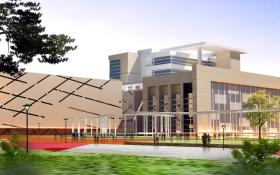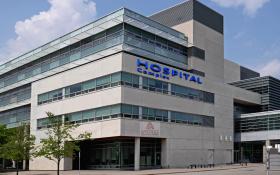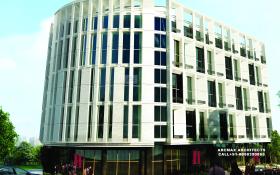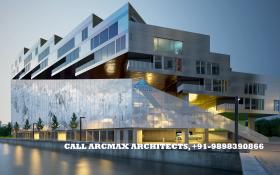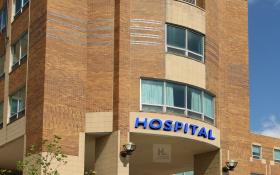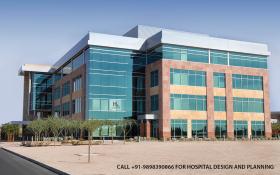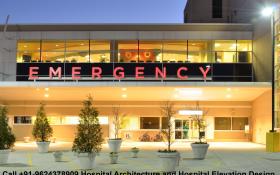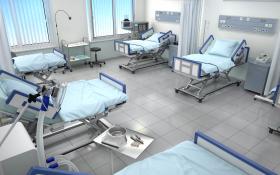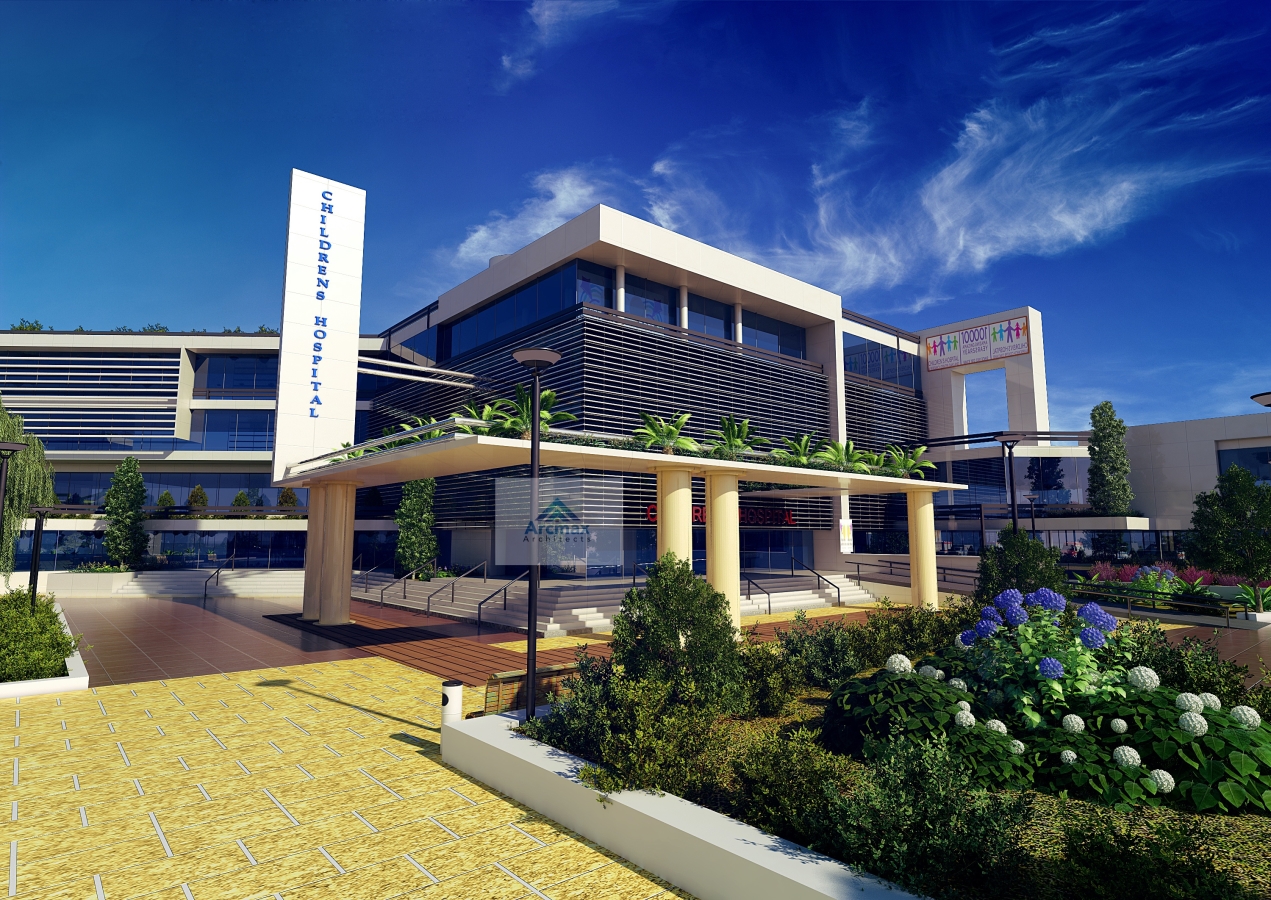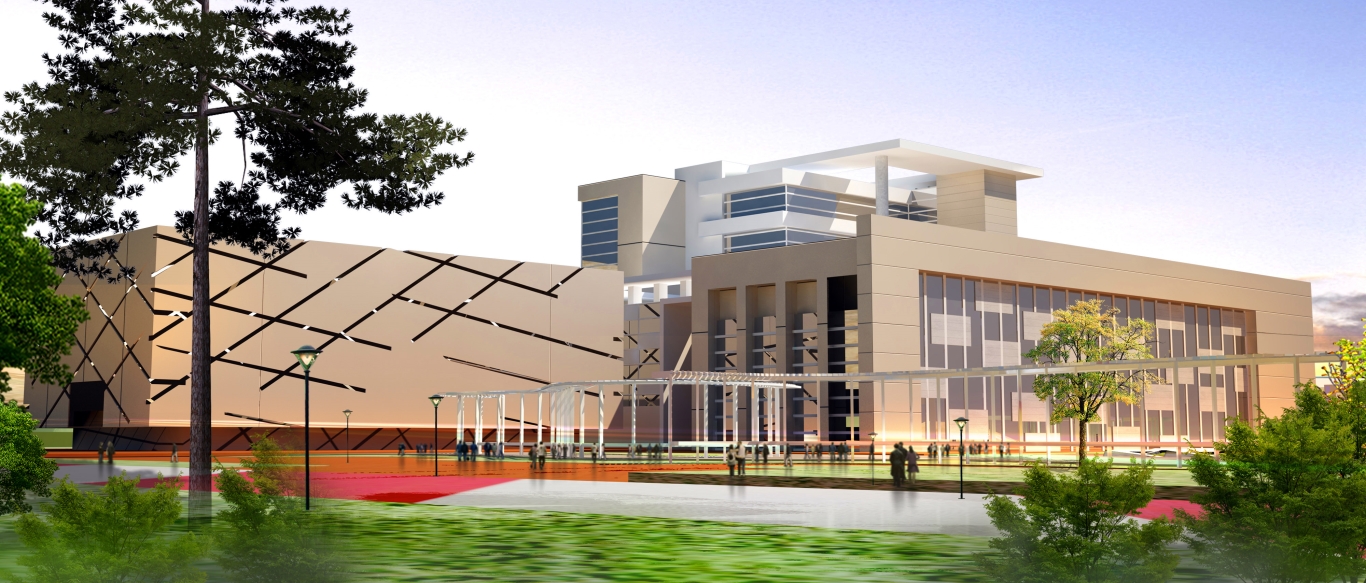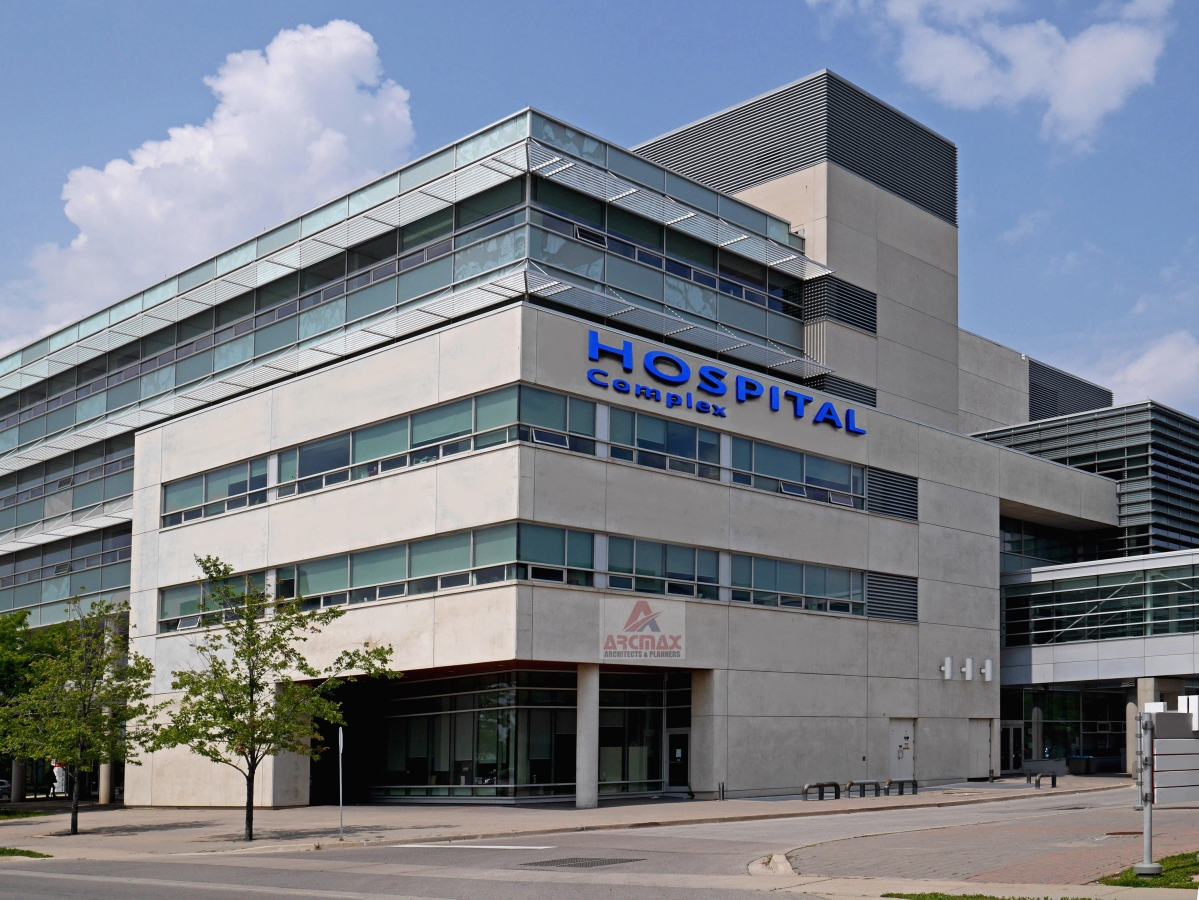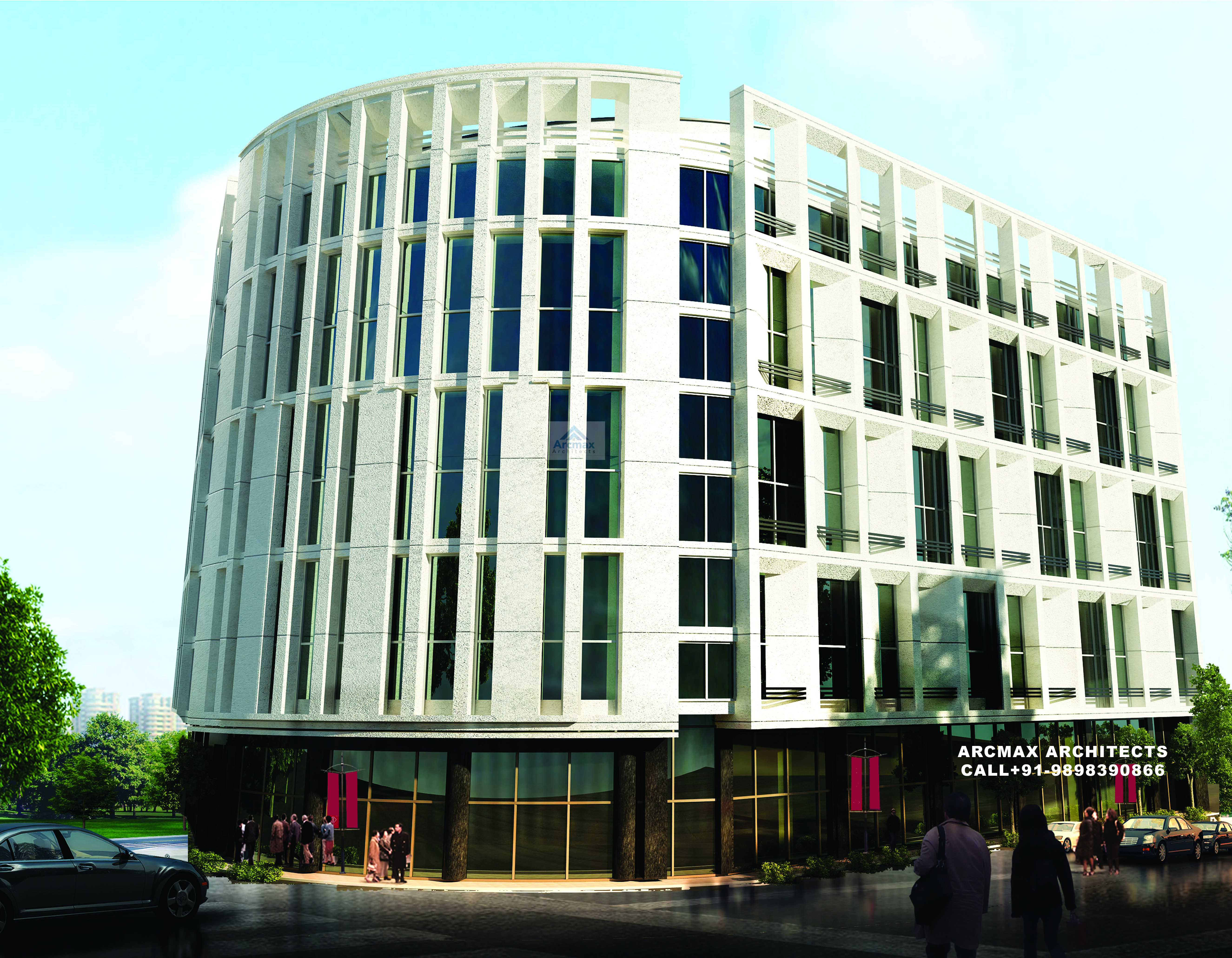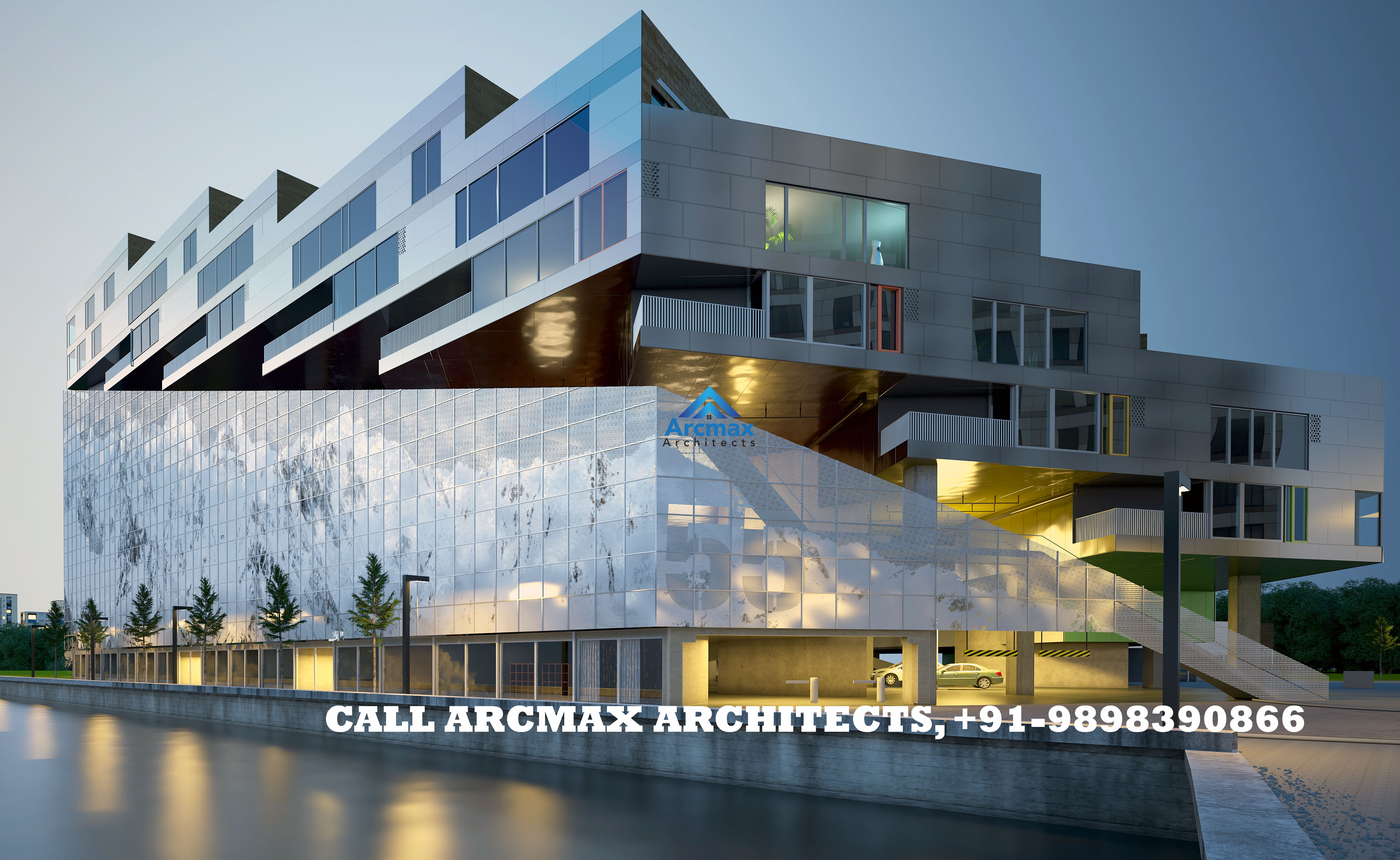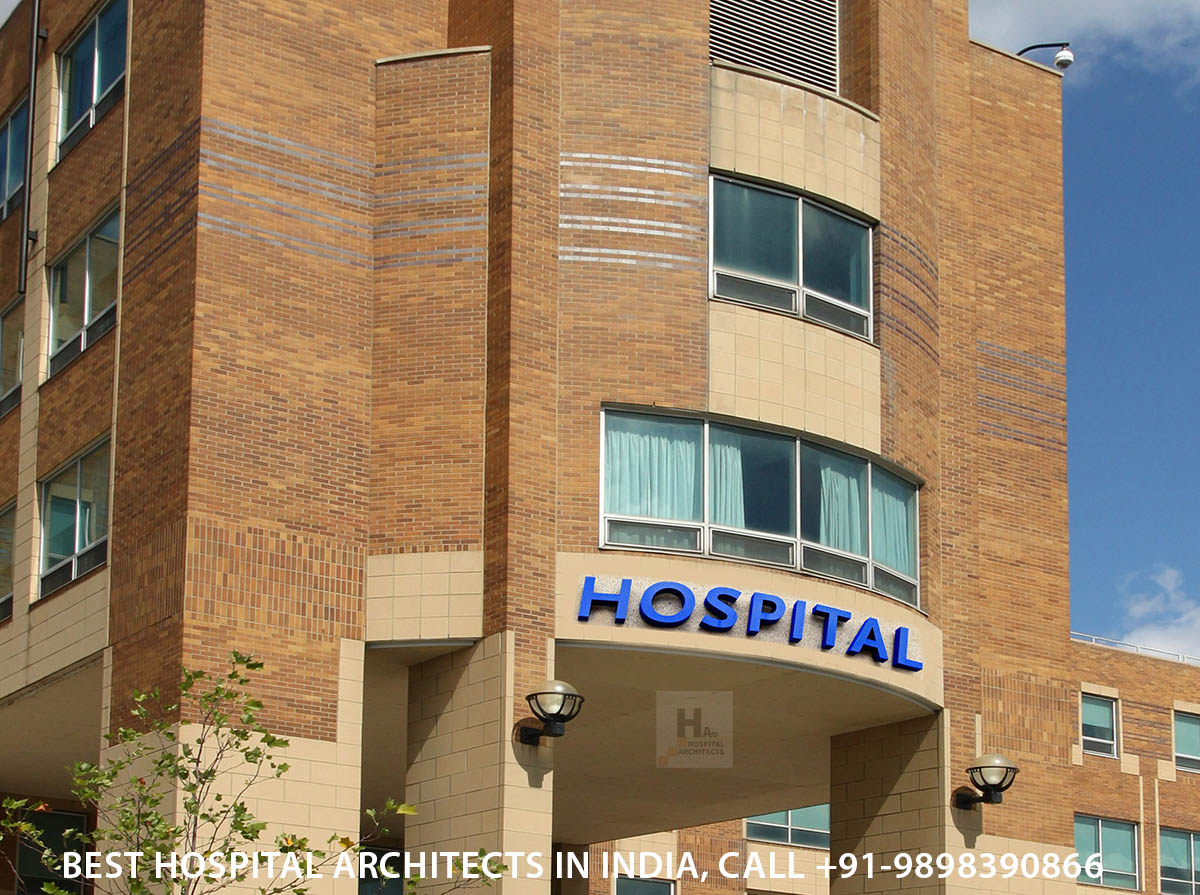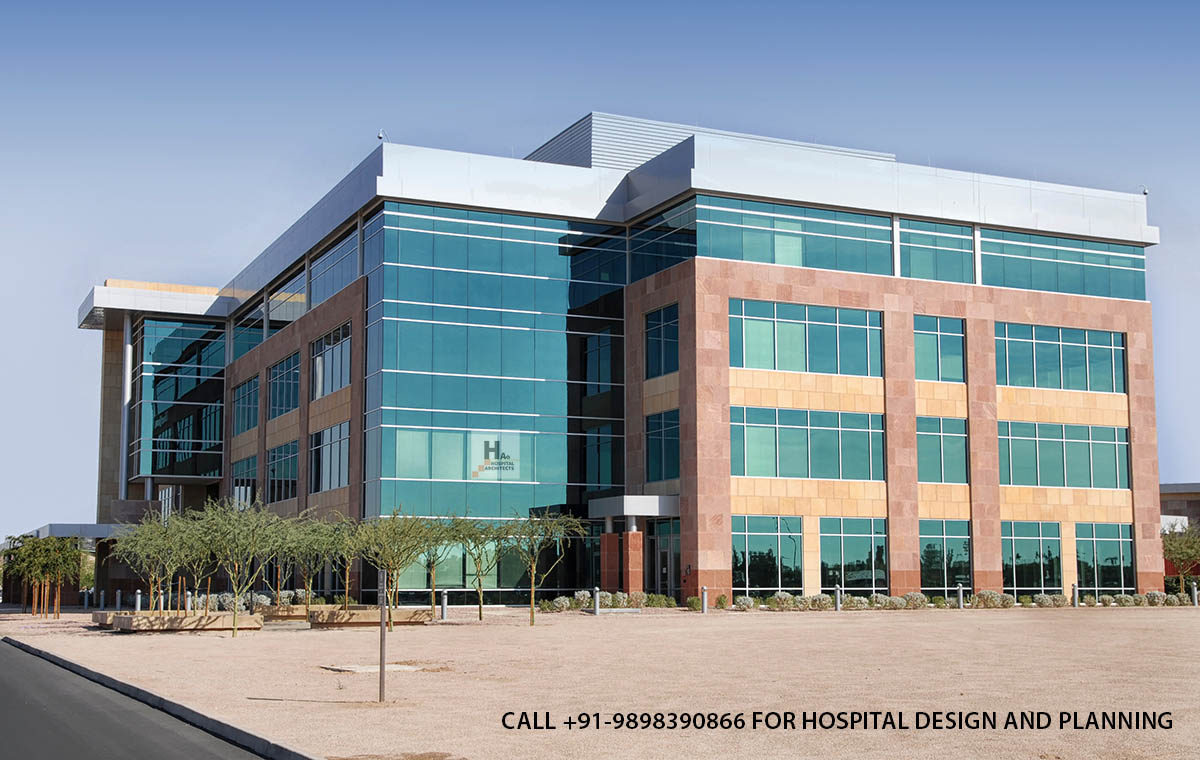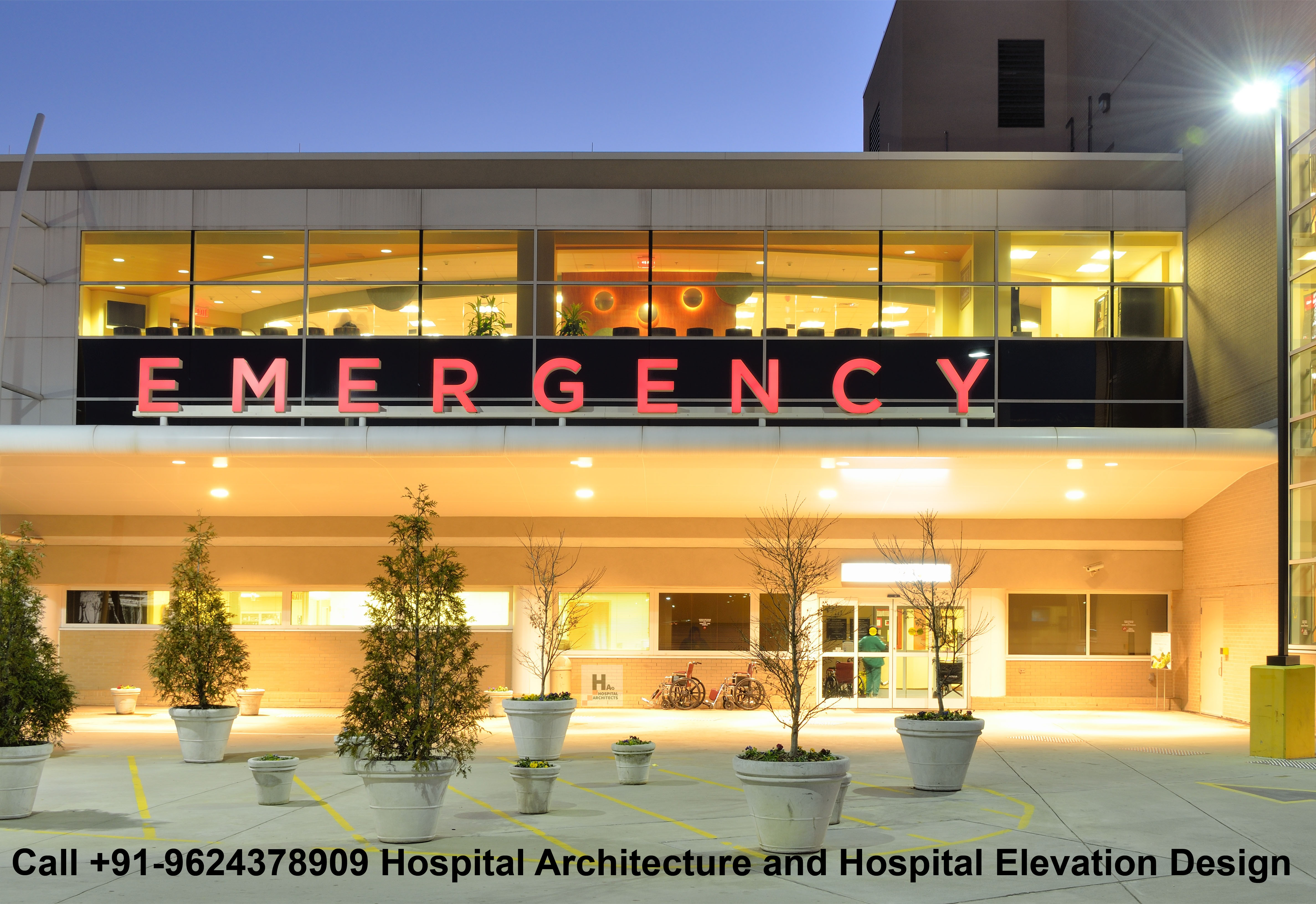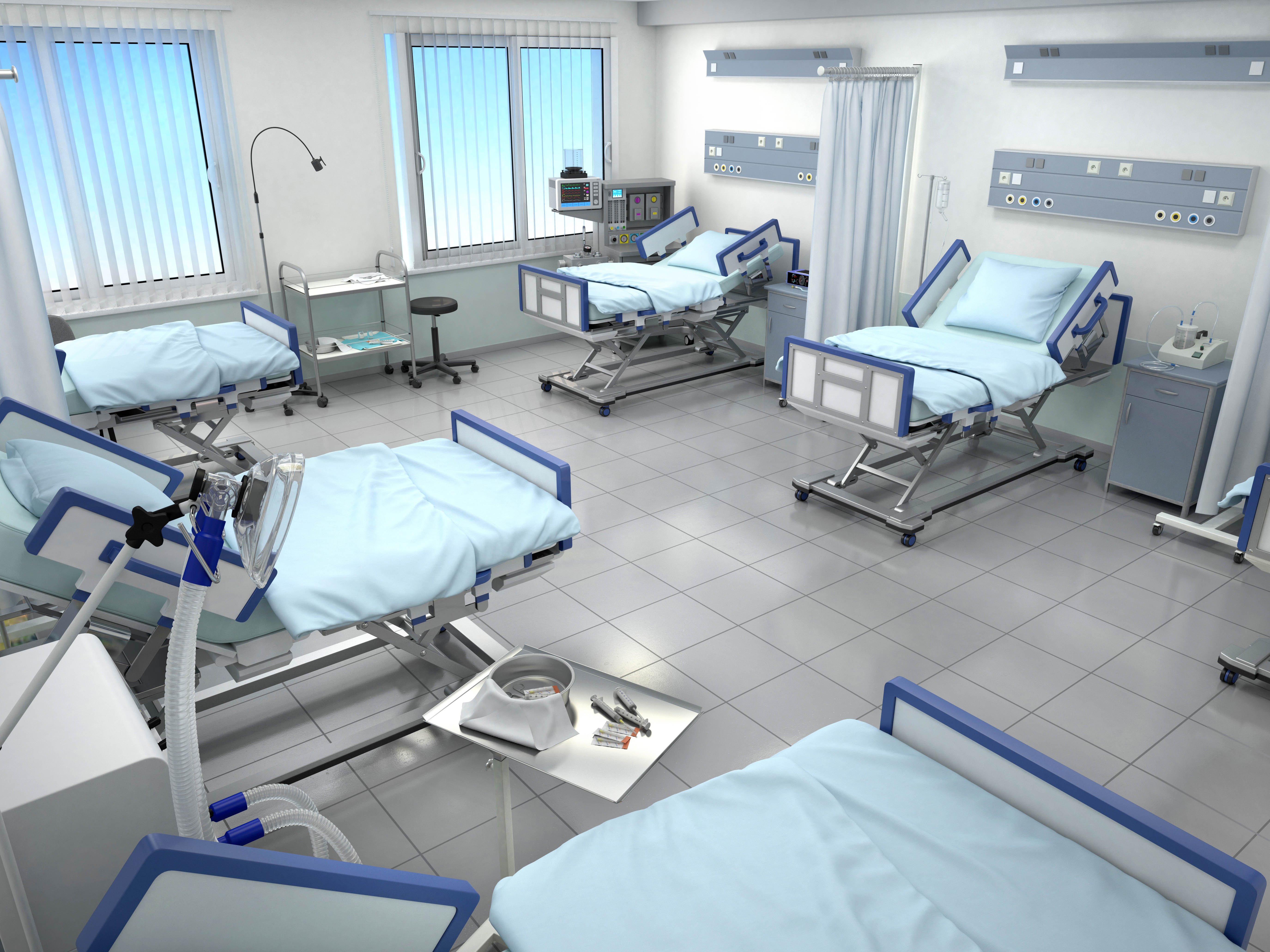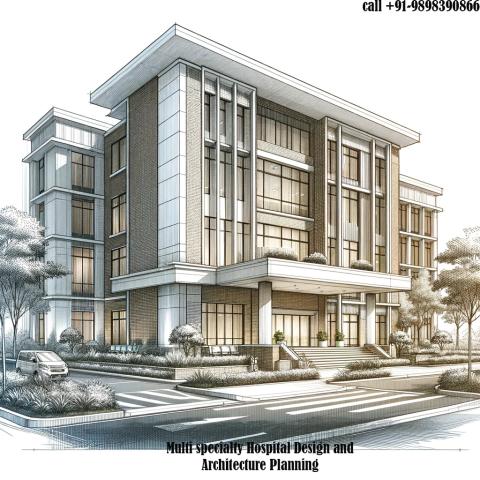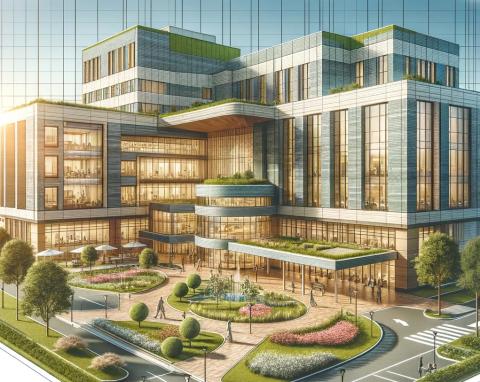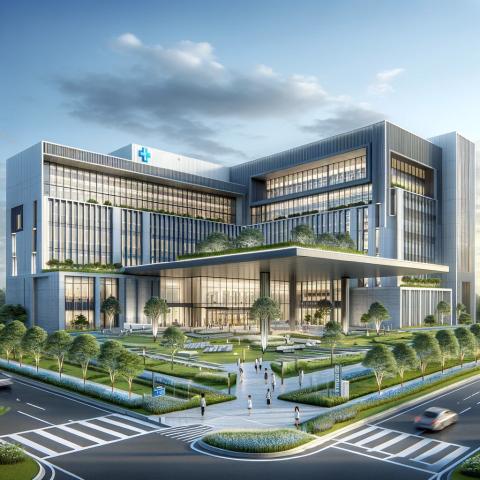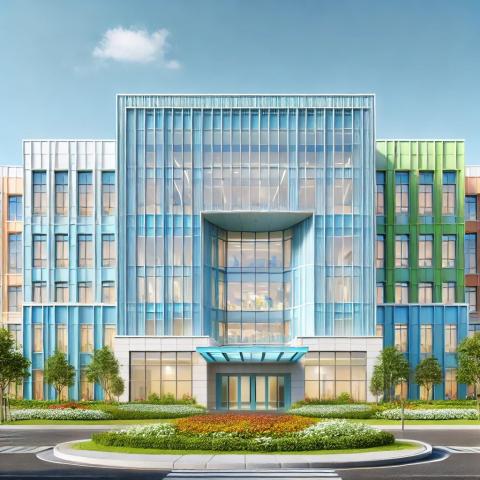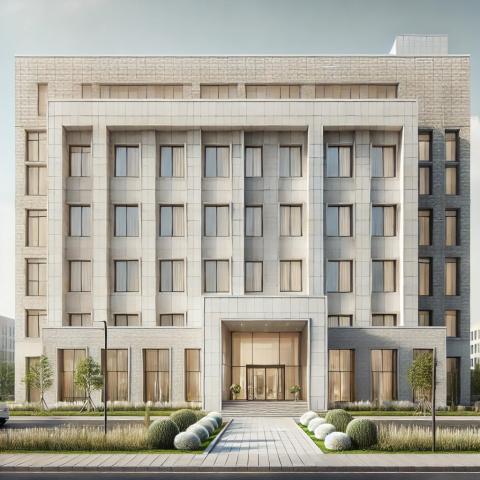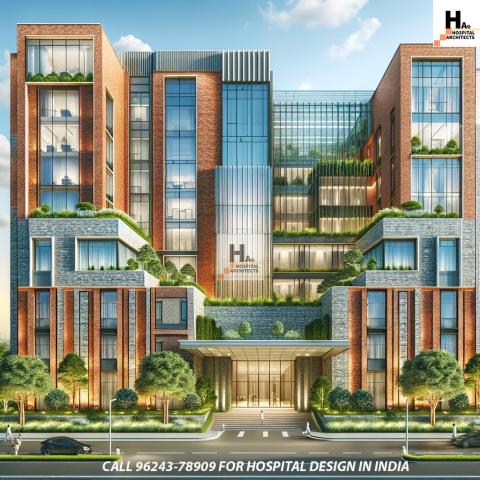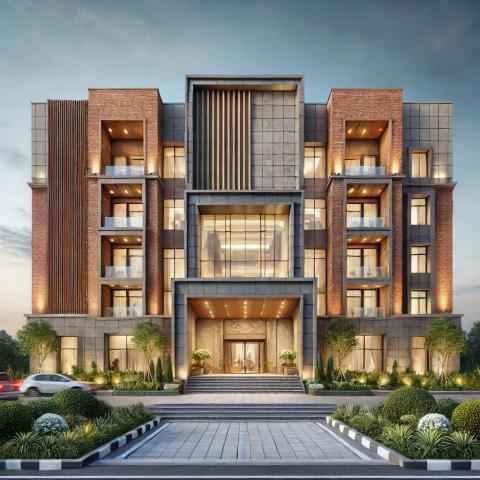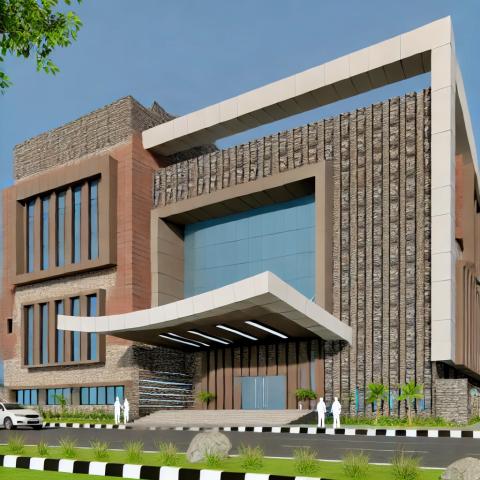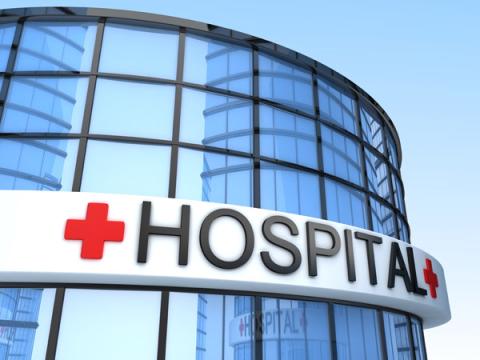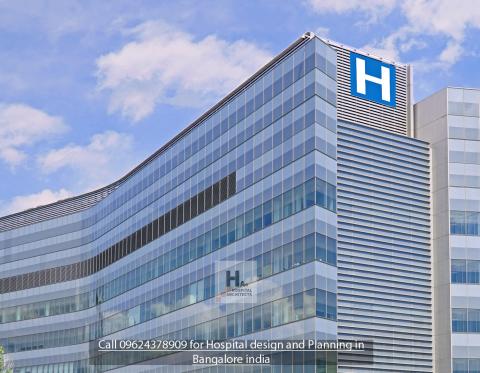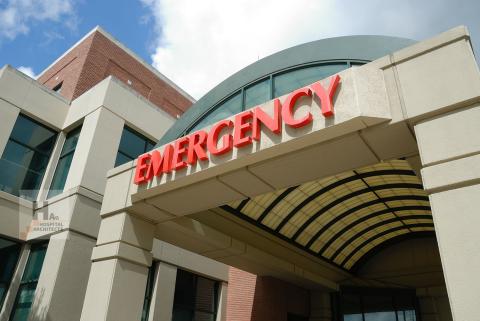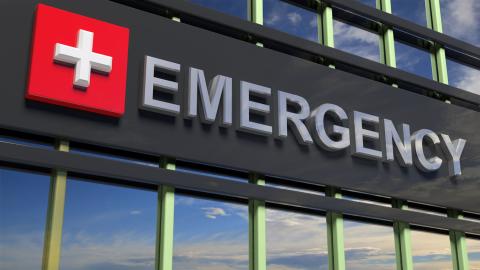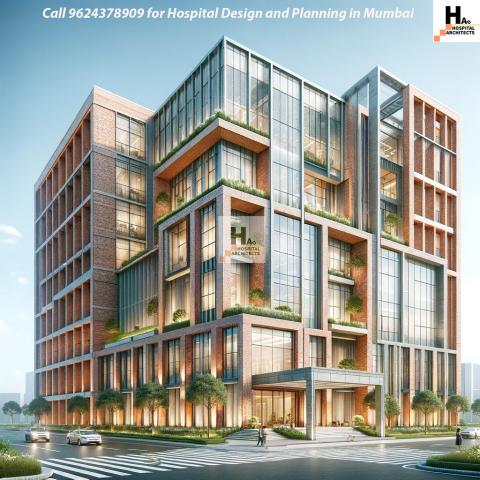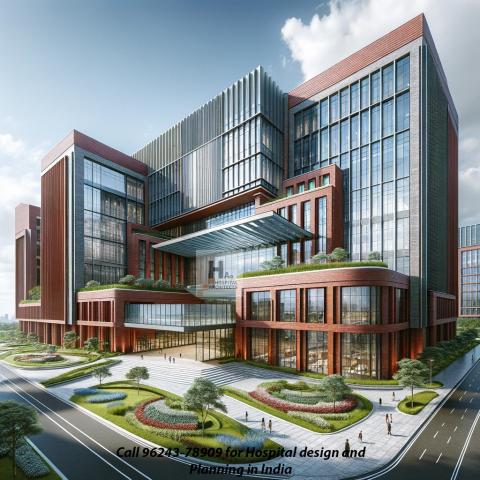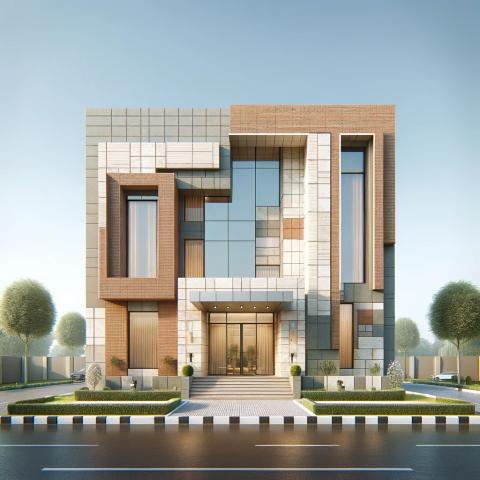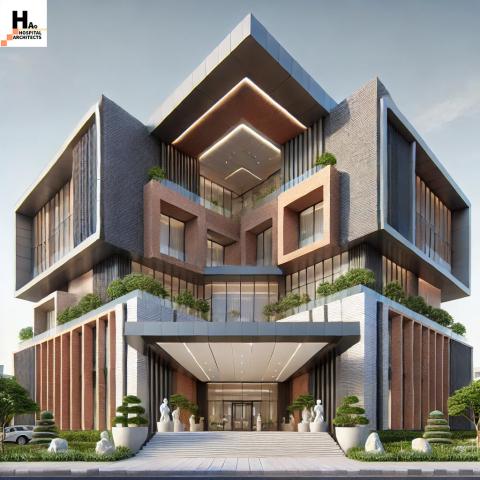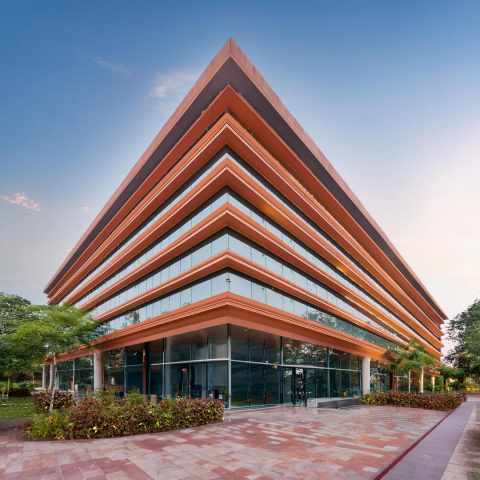Unveiling the Secrets of Successful Hospital Planning: Key Considerations for Designing Functional Medical Facilities
Are you in the process of planning a new hospital or looking to redesign your current medical facility? Ensuring that your hospital design is functional and efficient is key to providing excellent patient care and maintaining smooth operations. In this article, we will unveil the secrets of successful hospital planning, providing you with key considerations to keep in mind during the design process. Whether you are an architect, healthcare professional, or hospital administrator, understanding these factors will help you create a space that meets the needs of both patients and staff.
From optimizing flow and minimizing wait times to incorporating the latest technology and ensuring patient privacy, there are several crucial aspects to consider when designing a functional medical facility. By taking into account these considerations, you can create a hospital environment that promotes healing, enhances efficiency, and improves overall patient satisfaction.
Join us as we explore the essential elements of successful hospital planning, providing you with the knowledge and insights to create a transformative healthcare space.
Importance of hospital planning
Hospital planning is a critical aspect of creating a healthcare facility that can deliver high-quality care to patients. A well-designed hospital not only enhances patient outcomes but also improves staff efficiency and satisfaction. By carefully considering various factors, such as patient flow, safety, technology integration, and sustainability, you can create an environment that supports healing and promotes positive experiences for everyone involved.
Effective hospital planning starts with a thorough understanding of the unique needs and requirements of your facility. This includes factors such as the number and types of medical departments, the expected patient volume, and the available resources. By conducting a comprehensive assessment upfront, you can ensure that your hospital design aligns with the specific goals and objectives of your organization.
Hospital planning is a complex process that requires collaboration and input from various stakeholders. Architects, healthcare professionals, administrators, and even patients should be involved in the planning phase to ensure that the facility meets everyone's needs. By fostering a collaborative approach, you can create a hospital environment that reflects the values of your organization and delivers the best possible care to patients.
Key considerations for hospital planning
When it comes to hospital planning, there are several key considerations that must be taken into account. These factors play a crucial role in creating a functional and efficient medical facility that can meet the demands of modern healthcare. Let's explore some of these considerations in more detail.
Understanding the Needs of Different Medical Departments
One of the first considerations in hospital planning is understanding the needs of different medical departments. Each department has unique requirements in terms of space, equipment, and patient flow. For example, surgical departments require specialized operating rooms and recovery areas, while emergency departments need dedicated spaces for triage and treatment. By understanding these specific needs, you can design a hospital layout that optimizes efficiency and enhances patient care.
It is important to involve representatives from each department in the planning process to ensure that their input is considered. By understanding the workflows and challenges faced by each department, you can create a design that supports their operations and improves overall efficiency. This collaborative approach can also help identify potential bottlenecks and areas for improvement, leading to a more effective hospital design.
Designing Functional and Efficient Patient Flow
Patient flow is a critical aspect of hospital planning that directly impacts the overall patient experience. A well-designed hospital should facilitate smooth movement of patients from one area to another, minimizing wait times and reducing unnecessary congestion. This requires careful consideration of the layout, including the placement of waiting areas, examination rooms, and support services.
Efficient patient flow can be achieved through a combination of thoughtful design and the use of technology. For example, implementing a centralized check-in process and digital patient tracking systems can streamline the registration process and reduce waiting times. Additionally, incorporating clear signage and wayfinding systems can help patients navigate the facility easily, reducing the risk of confusion and frustration.
Ensuring Safety and Security in Hospital Design
Safety and security are paramount in any healthcare facility. Hospital planning should include measures to protect both patients and staff, ensuring a secure environment for everyone. This includes considerations such as appropriate lighting, surveillance systems, and controlled access to sensitive areas.
In addition to physical safety, privacy is also a critical aspect of hospital design. Patients have a right to confidentiality, and their privacy should be respected throughout their stay. Designing private rooms, soundproofing walls, and implementing strict access controls can help create a secure and private environment for patients.
Incorporating Technology and Innovation in Hospital Planning
As technology continues to evolve, hospitals must keep pace with advancements to provide the best possible care. Hospital planning should consider the integration of technology and innovation to enhance patient outcomes and improve efficiency. This includes the incorporation of electronic medical records (EMRs), telemedicine capabilities, and advanced diagnostic equipment.
By incorporating technology into the design phase, you can ensure that the necessary infrastructure is in place to support these advancements. This may include considerations such as the placement of power outlets, data connectivity, and specialized equipment rooms. By future-proofing your hospital design, you can stay ahead of technological advancements and adapt to changing healthcare needs.
Sustainable and Eco-Friendly Design for Medical Facilities
In recent years, there has been a growing emphasis on sustainability and environmental consciousness in all industries, including healthcare. Hospital planning should include measures to minimize the facility's environmental impact and promote sustainability. This includes considerations such as energy-efficient lighting, recycling programs, and the use of environmentally friendly materials.
Sustainable design not only benefits the environment but also contributes to cost savings in the long run. By incorporating energy-efficient systems and technologies, hospitals can reduce their utility bills and operational expenses. Additionally, promoting a green environment can enhance the overall patient experience, as many individuals value organizations that prioritize sustainability.
Collaboration and Communication in Hospital Planning
Successful hospital planning requires effective collaboration and communication among all stakeholders. Architects, healthcare professionals, administrators, and patients should all have a voice in the planning process to ensure that the facility meets their needs. Regular meetings and open lines of communication can help address concerns, gather feedback, and make informed decisions.
Collaboration should extend beyond the planning phase and continue throughout the construction and implementation stages. By involving all stakeholders in the process, you can create a sense of ownership and ensure that the final result reflects the collective vision of the organization.
Budgeting and Cost Considerations in Hospital Planning
Hospital planning must consider budgeting and cost considerations to ensure that the design aligns with available resources. Creating a realistic budget and sticking to it is crucial to avoid unnecessary delays or compromises in the final design. This requires careful planning and a thorough understanding of the costs associated with construction, equipment, and ongoing maintenance.
While it is important to consider cost, it is equally important not to compromise on quality or patient care. Striking a balance between budget constraints and meeting the needs of patients and staff is a delicate task that requires careful consideration and expert guidance.
Understanding the needs of different medical departments
In conclusion, successful hospital planning is a multifaceted process that requires careful consideration of various factors. By understanding the needs of different medical departments, designing functional patient flow, ensuring safety and security, incorporating technology and innovation, promoting sustainability, fostering collaboration, and considering budget and cost constraints, you can create a transformative healthcare space.
A well-designed hospital not only enhances patient outcomes but also improves staff efficiency and satisfaction. By investing time and resources in comprehensive hospital planning, you can create a healthcare facility that delivers high-quality care, promotes healing, and meets the needs of patients and staff alike. So, embrace the secrets of successful hospital planning and embark on a journey to create a functional and efficient medical facility that will positively impact the lives of many.
Designing functional and efficient patient flow
Designing a hospital requires a deep understanding of the unique needs and requirements of different medical departments. Each department has specific functions and workflows that must be considered during the planning process. For example, the layout and design of an emergency department will differ significantly from that of a surgical unit.
In the emergency department, quick access to treatment rooms, imaging facilities, and laboratory services is crucial. The design should prioritize efficiency and allow medical staff to navigate the space easily. On the other hand, surgical units require specialized operating rooms equipped with advanced technology and sterile environments. The layout should optimize the flow of patients, staff, and equipment to ensure smooth surgical procedures.
Additionally, it is important to consider the specific needs of departments such as radiology, laboratory, and pharmacy. These areas require careful planning to ensure efficient workflows, proper equipment placement, and appropriate storage solutions. By understanding the needs of different medical departments, you can create a hospital design that supports optimal patient care and staff productivity.
Ensuring safety and security in hospital design
One of the key considerations in hospital planning is designing a patient flow that is both functional and efficient. The layout should aim to minimize wait times, reduce congestion, and provide easy navigation for patients and staff. A well-designed patient flow can significantly improve the overall patient experience and enhance the efficiency of healthcare delivery.
To achieve a functional patient flow, it is important to carefully plan the placement of key areas such as registration desks, waiting rooms, examination rooms, and treatment areas. The design should allow for easy patient movement and avoid bottlenecks or overcrowding in high traffic areas.
In addition to physical layout, technology can play a significant role in optimizing patient flow. Implementing electronic health records (EHR) systems, self-check-in kiosks, and digital wayfinding solutions can streamline processes and reduce waiting times. By leveraging technology, hospitals can create a seamless patient journey from registration to discharge.
Ensuring safety and security in hospital design
When designing a medical facility, safety and security should be paramount considerations. Hospitals are complex environments with a wide range of potential risks, including infection control, patient safety, and emergency preparedness.
To ensure patient safety, hospital design should incorporate features such as hand hygiene stations, isolation rooms, and appropriate ventilation systems. These measures can help prevent the spread of infections and protect vulnerable patients.
In terms of security, hospitals must have clear protocols and systems in place to safeguard patients, staff, and sensitive information. Access control systems, surveillance cameras, and secure storage for medications and medical supplies are essential components of a secure hospital environment.
By prioritizing safety and security in hospital design, you can create a space that instills confidence in patients, supports staff in delivering high-quality care, and minimizes potential risks.
Incorporating technology and innovation in hospital planning
Technology plays a significant role in modern healthcare, and its integration into hospital design is crucial for delivering high-quality care. From electronic medical records to advanced imaging equipment, hospitals rely on technology to improve patient outcomes and enhance operational efficiency.
When planning a hospital, it is important to consider the infrastructure required to support the latest technology. This includes ensuring sufficient power supply, network connectivity, and data storage capabilities. Additionally, the design should allow for future technology upgrades and adaptability to emerging trends.
Innovative solutions such as telemedicine and remote patient monitoring should also be considered during the planning process. These technologies can help extend the reach of healthcare services and improve access to care, especially in remote or underserved areas.
By incorporating technology and innovation in hospital planning, you can create a future-proof facility that supports the delivery of advanced and efficient healthcare services.
Sustainable and eco-friendly design for medical facilities
In recent years, there has been a growing emphasis on sustainability and environmental responsibility in hospital design. Building a sustainable medical facility not only reduces the environmental impact but also contributes to cost savings and promotes a healthy indoor environment.
Several design strategies can be employed to create an eco-friendly hospital. These include optimizing natural lighting and ventilation, using energy-efficient systems, and implementing water conservation measures. Additionally, incorporating green spaces and healing gardens can contribute to patient well-being and recovery.
When planning a sustainable medical facility, it is important to consider the life cycle of the building materials and systems. Choosing materials with low environmental impact and long-term durability can reduce waste and maintenance costs in the long run.
By adopting sustainable and eco-friendly design principles, hospitals can demonstrate their commitment to both patient care and environmental stewardship.
Collaboration and communication in hospital planning
Successful hospital planning requires effective collaboration and communication among various stakeholders, including architects, healthcare professionals, administrators, and patients. Each stakeholder brings valuable insights and expertise to the table, and their input is essential for creating a comprehensive and successful hospital design.
Regular meetings and workshops should be conducted to ensure that all stakeholders are involved in the planning process. This promotes transparency, fosters a sense of ownership, and allows for the exchange of ideas and feedback.
Additionally, clear communication channels should be established to facilitate ongoing discussions and updates. This can include regular progress reports, virtual collaboration platforms, and dedicated project management tools.
By fostering collaboration and communication in hospital planning, you can harness the collective knowledge and expertise of all stakeholders, resulting in a design that meets the needs of patients, staff, and the broader healthcare community.
Budgeting and cost considerations in hospital planning
Hospital planning must take into account budgeting and cost considerations to ensure the project remains financially viable. Healthcare facilities often operate under tight budget constraints, and it is important to balance the desired design features with the available resources.
During the planning process, a comprehensive budget should be developed that includes both construction costs and ongoing operational expenses. This allows for informed decision-making and helps prioritize design elements based on their impact on patient care and operational efficiency.
Value engineering techniques can also be employed to optimize costs without compromising quality. This involves identifying cost-saving alternatives and evaluating their impact on the overall design and functionality of the hospital.
By carefully considering budgeting and cost considerations, hospitals can create a design that maximizes value and delivers the desired outcomes within the available resources.
Conclusion: The importance of comprehensive hospital planning
In conclusion, successful hospital planning requires a comprehensive approach that takes into account the unique needs of different medical departments, functional patient flow, safety and security, technology integration, sustainability, collaboration, and budgeting. By considering these key factors, hospitals can create transformative healthcare spaces that promote healing, enhance efficiency, and improve overall patient satisfaction.
Designing a functional medical facility is a complex undertaking that requires the expertise of architects, healthcare professionals, and hospital administrators. By working together and leveraging the latest advancements in technology and design, hospitals can create environments that support the delivery of high-quality care and meet the evolving needs of patients and staff.
Remember, the secrets of successful hospital planning lie in understanding the specific requirements of each department, optimizing patient flow, ensuring safety and security, incorporating technology and innovation, adopting sustainable design principles, fostering collaboration and communication, and managing budgeting and cost considerations. By embracing these considerations, you can unlock the potential of your hospital design and create a space that truly transforms healthcare delivery.
Incorporating technology and innovation in hospital planning
Efficient patient flow is essential for the smooth operation of any hospital. By carefully planning the layout of your facility, you can optimize the movement of patients, staff, and equipment, minimizing wait times and improving overall efficiency. One key aspect to consider is the location and design of waiting areas. By strategically placing waiting areas near examination rooms and treatment areas, you can reduce the distance patients need to travel and minimize congestion.
In addition to well-designed waiting areas, it is crucial to consider the layout of hallways and corridors. Wide and well-lit corridors with clear signage can help patients and staff navigate the hospital easily. It is also important to ensure that there are no bottlenecks or obstructions that could impede the flow of traffic. By creating a clear and intuitive layout, you can enhance patient flow and create a positive experience for everyone.
Another consideration when designing patient flow is the location of key departments and services. Placing high-traffic departments such as emergency rooms and diagnostic imaging near the entrance can help expedite patient care. On the other hand, locating departments that require more privacy, such as labor and delivery or psychiatric units, further away from the main entrance can ensure patient confidentiality and a quieter environment.
Overall, designing functional and efficient patient flow requires careful planning and consideration of the unique needs of your facility. By optimizing the layout and location of waiting areas, corridors, and departments, you can create a hospital environment that promotes efficient movement and enhances the patient experience.
Sustainable and eco-friendly design for medical facilities
Safety and security are paramount in any healthcare facility. When planning a hospital, it is crucial to incorporate measures that protect both patients and staff. One key consideration is the design of the physical environment. For example, using materials that are resistant to fire and easy to clean can help minimize risks and maintain a safe and hygienic environment.
Another aspect to consider is the integration of security features, such as surveillance cameras, access control systems, and alarms. These measures can help prevent unauthorized access and ensure the safety of patients, staff, and valuable equipment. Additionally, incorporating well-lit parking areas and clear signage can enhance visibility and deter potential threats.
In the event of an emergency, it is essential to have clear evacuation routes and designated safe areas. By conducting regular drills and training sessions, staff can be prepared to respond quickly and effectively in emergency situations. It is also important to have backup power sources and redundant systems in place to ensure that critical operations can continue during power outages or other disruptions.
By prioritizing safety and security in hospital design, you can create a space that instills confidence in patients and staff alike. Implementing measures to prevent accidents, protect against threats, and respond to emergencies will contribute to a safe and secure healthcare environment.
Collaboration and communication in hospital planning
Technology plays a crucial role in modern healthcare delivery, and incorporating the latest innovations in hospital planning can greatly enhance patient care and operational efficiency. One key consideration is the integration of electronic health records (EHR) systems. By implementing EHR systems, healthcare providers can access patient information quickly and securely, leading to more accurate diagnoses and improved treatment outcomes.
In addition to EHR systems, telemedicine and remote monitoring technologies can expand access to healthcare services and allow for more convenient patient care. These technologies enable patients to consult with healthcare providers remotely, reducing the need for in-person visits and improving efficiency.
Another area of innovation to consider is the use of smart devices and Internet of Things (IoT) technology. Smart beds, for example, can monitor patient vital signs and adjust positions automatically, improving patient comfort and reducing the risk of pressure ulcers. IoT-enabled devices can also facilitate real-time communication between medical equipment, ensuring that data is seamlessly transmitted and shared.
Furthermore, incorporating advanced imaging and diagnostic technologies can enhance the accuracy and speed of diagnoses. From MRI machines to robotic surgery systems, these technologies enable healthcare providers to deliver more precise and minimally invasive treatments.
By embracing technology and innovation in hospital planning, you can create a healthcare environment that leverages the latest advancements to improve patient outcomes and streamline operations. However, it is important to carefully consider the implementation and integration of these technologies to ensure they meet the unique needs of your facility.
Budgeting and cost considerations in hospital planning
As the world becomes increasingly aware of the environmental impact of human activities, it is crucial for healthcare facilities to prioritize sustainability and eco-friendly design. Sustainable design practices not only reduce the carbon footprint of hospitals but also contribute to improved patient outcomes and staff well-being.
One aspect of sustainable design to consider is energy efficiency. By incorporating energy-efficient lighting systems, HVAC systems, and building materials, hospitals can significantly reduce their energy consumption and associated costs. Additionally, utilizing renewable energy sources, such as solar panels or geothermal systems, can further reduce reliance on fossil fuels.
Another consideration is water conservation. By implementing low-flow fixtures, rainwater harvesting systems, and water-efficient landscaping, hospitals can minimize water waste and conserve this precious resource. Proper waste management and recycling programs are also essential to minimize the environmental impact of healthcare facilities.
In terms of materials, choosing sustainable and non-toxic building materials can contribute to a healthier indoor environment. For example, using low-emitting paints, adhesives, and flooring materials can improve air quality and reduce the risk of allergic reactions.
Creating healing and therapeutic outdoor spaces is another aspect of sustainable design. Incorporating green spaces, gardens, and natural elements can provide patients, staff, and visitors with a sense of calm and connection to nature, promoting well-being and recovery.
By adopting sustainable and eco-friendly design principles, hospitals can reduce their environmental impact while creating a healthier and more nurturing environment for patients and staff.
Conclusion: The importance of comprehensive hospital planning
Effective collaboration and communication among healthcare professionals are essential for providing high-quality patient care. When planning a hospital, it is crucial to consider the design elements that facilitate teamwork, interdisciplinary collaboration, and efficient communication.
One key consideration is the design of shared spaces and workstations. Collaborative work areas, such as conference rooms or break rooms, can foster interaction and knowledge exchange among healthcare professionals. Additionally, providing dedicated spaces for interdisciplinary teams to meet and discuss patient cases can enhance coordination of care and improve outcomes.
Communication technology also plays a vital role in hospital planning. Ensuring that there is a reliable and secure communication infrastructure in place is crucial for timely and accurate information exchange. From nurse call systems to secure messaging platforms, these technologies enable healthcare providers to communicate efficiently and effectively, leading to better coordination and improved patient care.
Furthermore, it is essential to consider the design of patient rooms and care areas. Incorporating elements that promote patient-centered care, such as comfortable seating for family members, clear visibility of patients, and easy access to medical equipment, can enhance communication between patients and healthcare providers.
By prioritizing collaboration and communication in hospital planning, you can create an environment that fosters teamwork, enhances interdisciplinary care, and improves patient outcomes.


